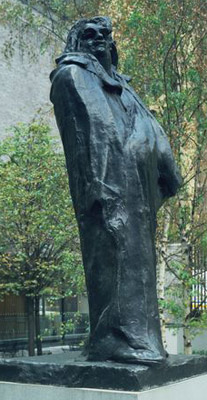Tomoyo Ihaya & Helen Gerritzen
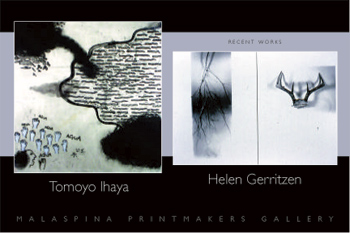
R E C E N T WO R K S by Tomoyo Ihaya & Helen Gerritzen
November 1 – 27, 2005
Opening reception: Thursday, November 3, 7 – 9 pm
at Malaspina Printmakers Gallery
1555 Duranleau Street, Granville Island, Vancouver, BC
Hours: Mon-Fri 10-5pm • Sat-Sun 11-5pm
Another print exhibition to go and see! Thanks to Tomoyo for the email notice, all the way from India where she has been for some time and won’t be back for the exhibition. Helen Gerritzen will be flying in from Edmonton to be present at the opening.
I’ve written before about Tomoyo, who is a friend and past member of the Art Institute and who exhibits amazingly frequently.
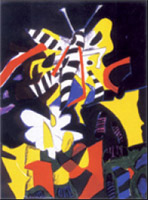
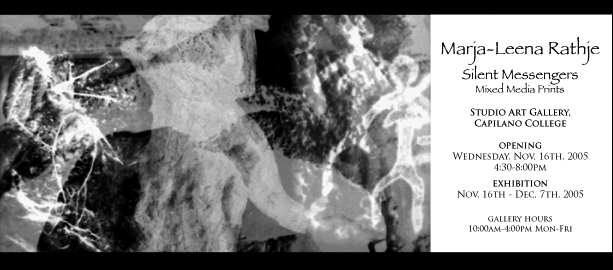
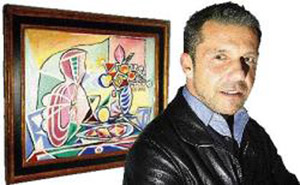
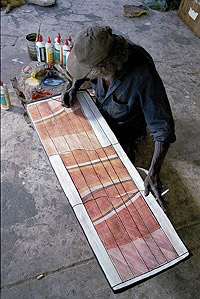
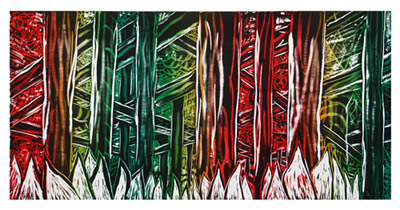
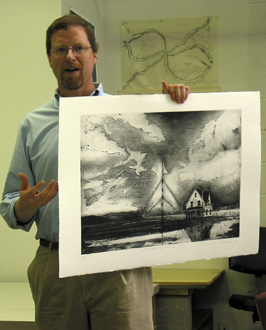
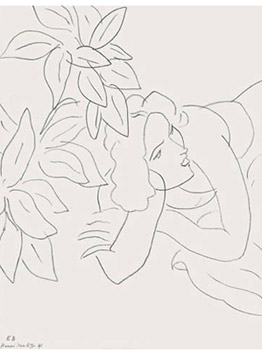
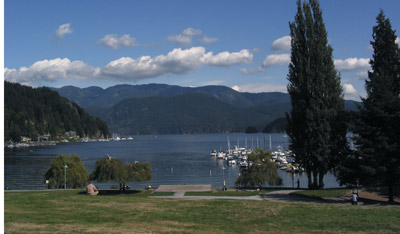
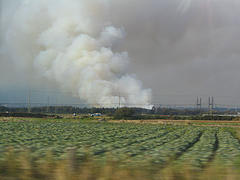 news report on the Burns Bog fire
news report on the Burns Bog fire